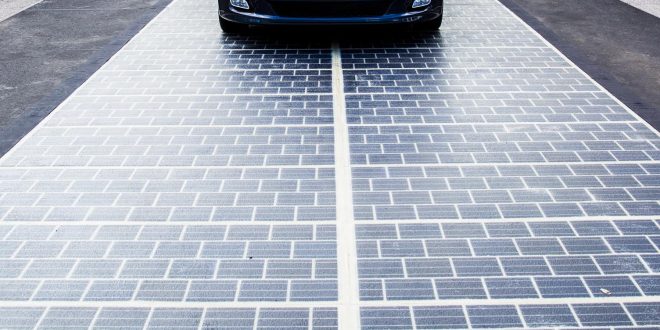Depending on your goals and power needs, it is easy to calculate your energy needs for a DIY solar install. Some questions to ask yourself will include:
- Do I want to supplement a portion of my requirements?
- Should the system provide power during an outage?
- Will my system be off-grid or grid-tied?
- What amount of space will I have dedicated to panels? (Consider a rooftop install versus a ground mount.)
These are just a few of the variables to give you an idea of the considerations, but let’s get into your new exciting project.
How do I calculate my energy requirements?
Thorough planning is a must before making any purchases. Unexpected costs are sure to arise out of inadequate planning, so avoid the headache. Adding additional power can be accomplished later, as long as you have planned for expansion. A simple method for discovering your usage is by looking at the nameplate of each appliance to find the wattage. For instance, a clock may use five watts equating to four-kilowatt hours per month where a 6,000 BTU AC unit requires 750 watts. The watts multiplied by hours of use will provide you with the appliance’s kilowatt-hours. A kilowatt meter will give you the necessary information. The simple tool has an array of features and prices, although an amateur version will give enough information to discern the usage of an appliance over any desired time period. It plugs into the wall socket and the appliance into the meter, providing an array of power usage information concerning the device. According to the experts at Unbound Solar, “While it’s hard to predict future rate changes, solar can offer financial security by locking in a fixed electric rate over the next 25 years. It keeps your bill predictable and shields you against future rate increases.”
What equipment will I need?
Now that you know your power usage, you can start thinking about the size of the equipment needed. Under-sizing your requirements is easily done if all considerations are not taken. For instance, the number of sunlight hours in your area and time of year will vary. Regardless, if you are on or off-grid, you will need an inverter. The size of the inverter should be the first consideration, and the equipment being run may also vary in the inverter needed. For instance, sensitive electronics should be run off of a pure sine wave or at least a modified sine wave inverter. Damage can occur if the device does not use rectifiers to convert the DC power into AC.
What is the difference between an off-grid and grid-tie solar system?
Equipment will vary depending on your goals. An off-grid solar system will probably include a battery bank with a charge controller, whereas a grid-tie system will have a smart meter to sell extra power back to the electric company. Generally, an off-grid solar system will have a higher initial cost because of the expense of the battery bank. In turn, a quality charge controller is a must to ensure your battery investment is not compromised by inadequate charging.
Deciding to go green with a solar array is a very rewarding investment. The savings on your electric bill and environmentally friendly power supply can give you years of eco-friendly return on your initial DIY solar investment.



